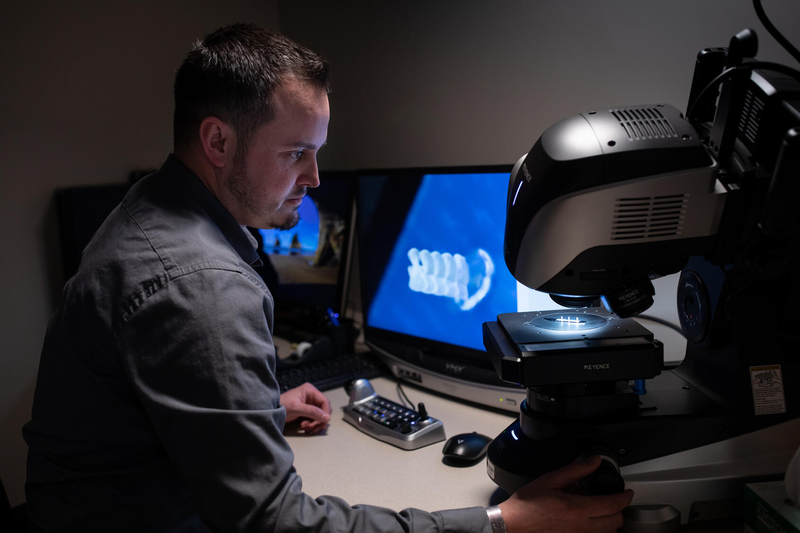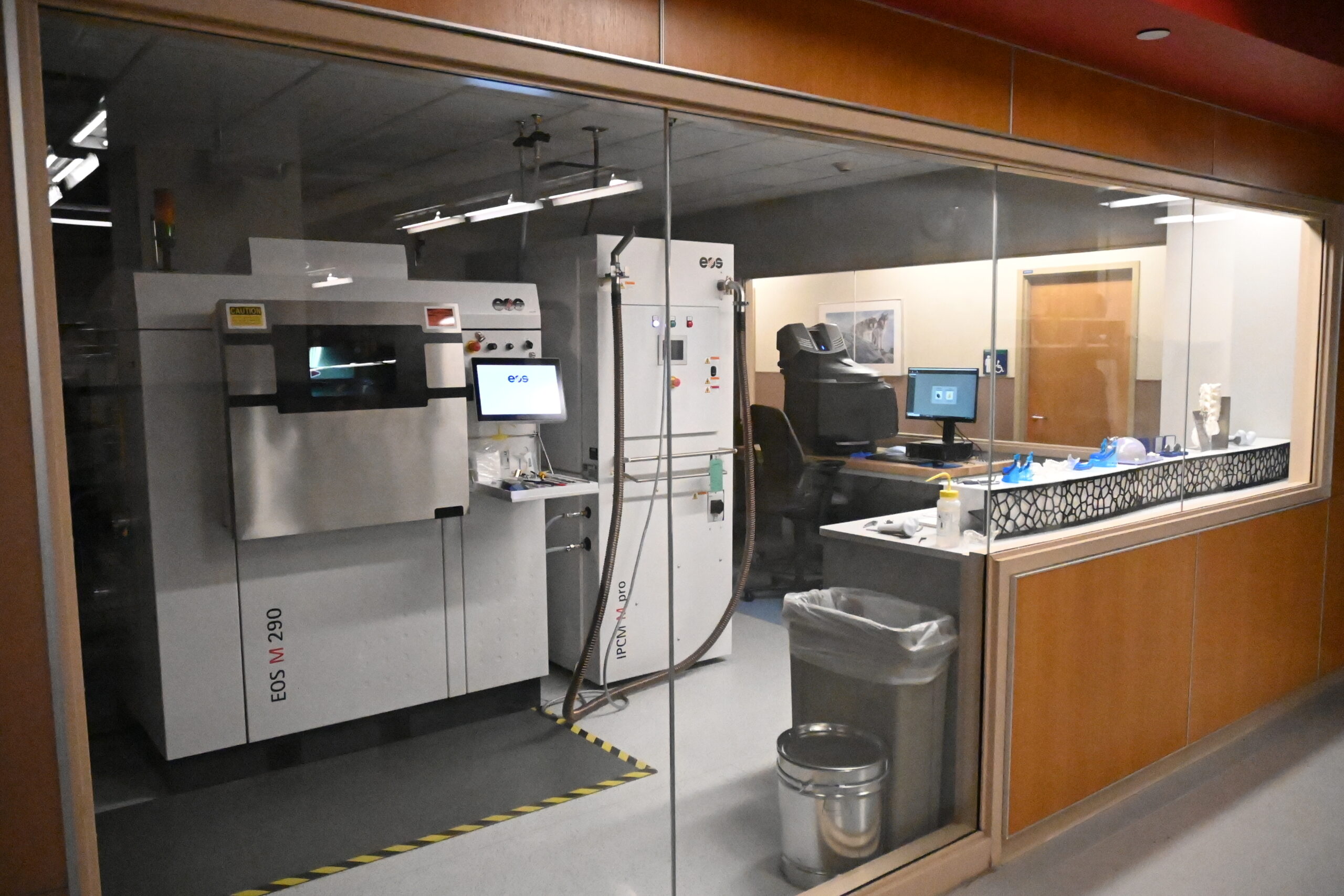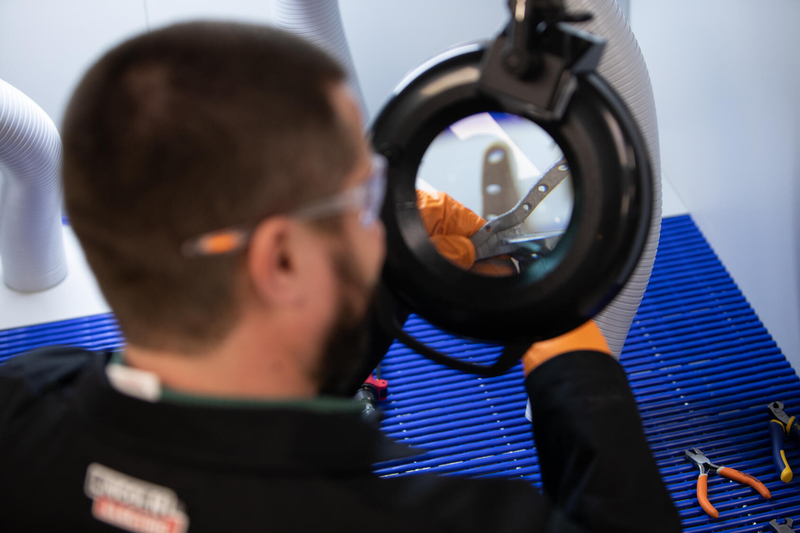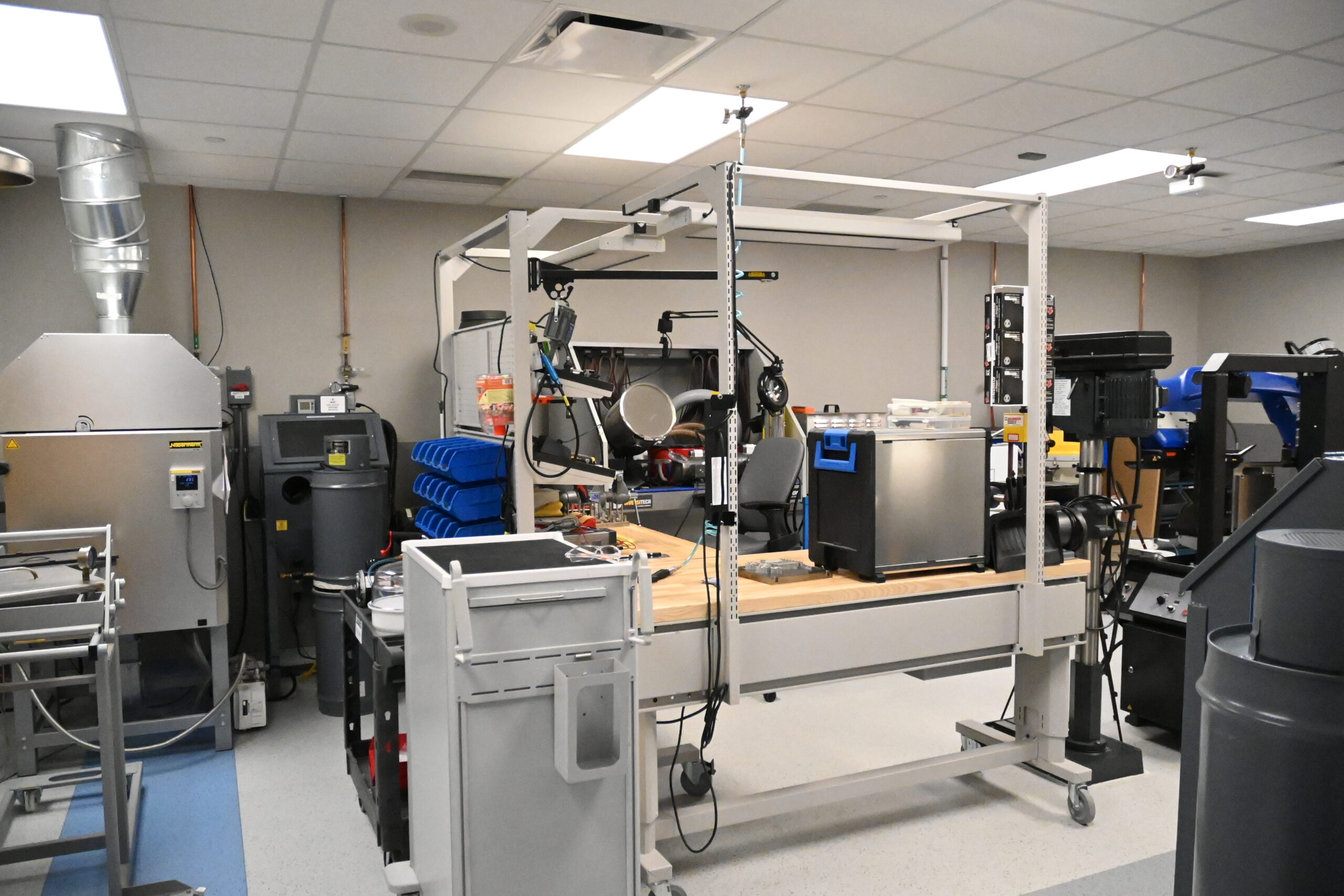In modern medicine, 3D printing technology has opened new frontiers in medical device development, offering unprecedented customization and rapid prototyping capabilities. At the forefront of this revolutionary wave is Mayo Clinic, a name synonymous with excellence in healthcare. This technological leap has significantly shifted the landscape for many applications within medical 3D printing. However, as the boundaries of innovation expand, so too do the complexities surrounding liability. The evolution of 3D printing in medicine has created new challenges, making it harder to define responsibilities and raising important questions about the legal and ethical implications.
The current situation with 3D printing in medicine and how it relates to medical liability is complicated. 3D printing provides personalized solutions for patient care, like custom-made prosthetics and detailed surgical models, improving the accuracy and success of treatments. However, this personalization also has its challenges. Every 3D printed medical device is usually unique, making it hard to set consistent safety and effectiveness standards. In turn, it creates a big responsibility for medical institutions and doctors, as they have to ensure these devices are safe while also understanding and managing the new legal issues that come with them.
Amy Alexander, Unit Head of Mechanical Development and Applied Computational Engineering at Mayo, offers a glimpse into the complexities and pioneering work in this field. After 11 years at Mayo, Alexander knows that balancing innovation with safety standards is essential for the success of 3D printing in medical applications.
From concept to reality
Alexander says that Mayo Clinic Engineering’s approach to medical device development is a blend of applied mechanical development and quality control. Her team of designers and engineers, part of a larger division of around 70 people within Mayo’s 70,000 workforce, engages in a comprehensive process that begins with understanding user needs, translating them into system requirements, and then meticulously following through with prototyping, iterations, and rigorous verification and validation. The goal is to develop devices that can be used confidently in medical practice.
The division handles approximately 30 complex engineering development projects annually and about 500 to 700 fabrication shop projects. These fabrication projects mainly focus on mechanical devices without electronic or software components, crafted in their in-house Biomechanical Machine Shop, Additive Manufacturing Facility, and Microfabrication Laboratory. The objective of Alexander’s team in the additive and microfabrication spaces is clear: to develop and fabricate devices that can be safely used in medical practice.
Much like other areas of medical technology, medical 3D printing has to deal with complex regulations and liability issues. Alexander explains that the Food and Drug Administration (FDA) plays a pivotal role in regulating the market and selling medical devices to ensure safety and efficacy. However, things done within medicine are typically not regulated by the organism. This difference highlights how institutions like Mayo are responsible for ensuring their devices are safe.
A closer look
“It’s essential to understand what risks are involved, to list them, and to prioritize the mitigation of the highest risk potentials,” asserts Alexander.
This approach is crucial in a field where the implications of a device failure can be life-changing. Mayo Clinic’s strategy involves a meticulous case-by-case analysis and safety review for each device, considering the materials used, the fabrication method, and the device’s intended use. This rigorous process ensures that every device fabricated or created for the practice survives thorough scrutiny, aligning with the highest safety and efficacy standards.

Mechanical Engineer Design Technician and Additive Manufacturing Facility Coordinator, Robbie Highet, using microscopy to inspect a 3D printed polymer part as part of Mayo Clinic Engineering’s quality control process. Used with permission of Mayo Foundation for Medical Education and Research, all rights reserved.
The process at Mayo involves a comprehensive safety review and assessment for each device. This means understanding not just how the device will be used but also who will be using it and the specific requirements it needs to meet. This includes determining whether the device needs cleaning, sterilization, and reprocessing instructions, similar to tools like scalpels that need to be re-cleaned.
Alexander adds, “For every device, whether we make one or ten, we undergo the same thorough testing. We often use different types of stainless steel, which have already been tested for their capacity to be cleaned, sterilized, and biocompatible. After successfully selecting the right material and designing the geometry, following the proper cleaning and sterilization instructions ensures that the fabricated devices are safe for their intended use. For this testing, Mayo works with third-party testing laboratories. It’s important that the parts we send for testing are made right here in our facilities. We don’t rely on others to make them and then have them tested. We make these parts ourselves and send them out as if they were going to be used by the doctors. This way, the labs can test them in accordance with international standards for cleaning, sterilization, and biocompatibility just as they will be used in real situations.”

Additive Manufacturing Facility, Division of Engineering at Mayo Clinic in Rochester. Image courtesy of Mayo Clinic.
Since the team functions as a prototyping and development group, Alexander says mass manufacturing is not a typical use of machinery.
Even more so, “you want to understand the end use case fully and not just create something because you can. The intellectual property landscape and commercial market need to be evaluated to ensure the device will fill a market void. That is something that we strive to embody at Mayo: Just because you can do something doesn’t mean you should,” points out Alexander.
An approach to device customization
“In Mayo Clinic Engineering, our work with 3D printing mostly involves developing prototypes, which account for about 80% of what we do. The idea is to create a sample device for doctors to hold, examine, and decide if they need it. They might use a marker to indicate changes, like shortening a part or adjusting a hole. Many times, a prototype is sufficient for benchtop testing to validate the device and idea.”
The remaining work focuses on end-use parts, the devices used on patients and in clinical practice. Mayo Clinic Engineering employs special resins, powders, and filaments for its 3D device fabrication. “Based on the prototype feedback of the physician or researcher, we can either make the final device in-house or outsource the final part production to a qualified medical device manufacturer.” Once all the necessary testing is done to ensure these devices are cleanable, sterilizable, and biocompatible in their designed geometries and materials, they can be fabricated for actual use. Unlike many 3D printed items, Mayo Clinic Engineering often avoids creating single-use devices, instead focusing on items that can be cleaned and reused.

Additive Manufacturing Facility, Division of Engineering at Mayo Clinic in Rochester. Image courtesy of Mayo Clinic.
Some devices are used in less sterile environments, such as recovery rooms, while others require more sterile settings, like operating rooms (ORs). Each situation demands a specific approach. Mayo Clinic Engineering’s detailed process, from understanding the initial requirements to ensuring safety and determining the best fabrication method, often leads them to assume responsibility for these devices, whether they are used by physicians in their practice or for research.
The Clinic approaches more complex devices, such as implants, with extra care and attention. Mayo Clinic Engineering does not yet 3D print implants, mainly because they are still developing the quality management system to ensure safe production. This meticulous approach ensures that the equipment meets high standards and that everyone involved is adequately trained. Despite not being currently regulated in this area, the Clinic is proactive in establishing and adhering to rigorous standards, demonstrating a commitment to patient safety and quality in its 3D printing efforts.
Medical device liability
Although not currently regulated by the FDA, the Clinic voluntarily adheres to the stringent guidelines outlined in the FDA’s Code of Federal Regulations. This code is a detailed guide to good manufacturing practices in the medical device industry.
According to Alexander, the quality management system (QMS) in Mayo Clinic Engineering is a comprehensive framework ensuring every aspect of device production is meticulously monitored and controlled. Using document management and manufacturing execution systems, they manage documentation and version control for all their QMS activities. These systems help engineers and designers track every stage of a device’s development, from initial design concept to final production.
Key to their QMS is the identification and tracking of each manufactured item. Every part produced is labeled with a project and/or serial number, and its feedstock material batch and lot information is recorded when necessary. For some devices, like implants, this level of detail extends to labeling each product as manufactured at Mayo, ensuring traceability and accountability for every device.

Mechanical Engineer Technician, Tyler King of the Biomechanical Machine Shop, inspecting a 3D printed titanium plate as part of Mayo Clinic Engineering’s quality control process. Used with permission of Mayo Foundation for Medical Education and Research, all rights reserved.
In addition to tracking, the QMS includes rigorous inspection and measurement of each final product to confirm its adherence to the original design specifications. If a defect is found, Mayo has established processes for labeling and storing the defective product, followed by a corrective and preventive action protocol. This protocol involves analyzing the root cause of the problem and implementing measures to prevent future occurrences.
Alexander says the Clinic believes in the importance of a strong QMS. She describes the development of a QMS as “an ongoing process, constantly evolving with new findings and improvements. It’s an ecosystem within which we operate.” Moreover, the Clinic recognizes the changing landscape of 3D printing standards and the need for more complete guidelines, especially with new 3D printed applications at the point-of-care.

Additive Manufacturing Facility, Division of Engineering at Mayo Clinic in Rochester. Image courtesy of Mayo Clinic.
From the lab to the patient
Looking towards the future, Alexander speaks of expanding the 3D printing capabilities at Mayo. The Clinic focuses on scaling up its installations and continuing to plan for the manufacture of 3D printed implants. As the technology continues to evolve, institutions like Mayo are at the forefront, ensuring that the rush towards innovation does not outpace the importance of safety and efficacy. In this effort, the Clinic not only follows current rules but also takes an active role in helping shape future regulations, focusing strongly on patient safety.
Subscribe to Our Email Newsletter
Stay up-to-date on all the latest news from the 3D printing industry and receive information and offers from third party vendors.
Print Services
Upload your 3D Models and get them printed quickly and efficiently.
You May Also Like
Heating Up: 3D Systems’ Scott Green Discusses 3D Printing’s Potential in the Data Center Industry
The relentless rise of NVIDIA, the steadily increasing pledges of major private and public investments in national infrastructure projects around the world, and the general cultural obsession with AI have...
3DPOD 260: John Hart on VulcanForms, MIT, Desktop Metal and More
John Hart is a Professor at MIT; he´s also the director of the Laboratory for Manufacturing and Productivity as well as the director of the Center for Advanced Production Technologies....
Etsy Design Rule Change Reduces Selection of 3D Printed Goods
Online marketplace Etsy has implemented a rule change requiring all 3D printed goods on the site to be original designs. The update to the site’s Creativity Standards states, ¨Items produced using...
E-Beam OEM Wayland Additive Partners with USC Racing to 3D Print Titanium Exhaust Collector
Every year, standards organization SAE International holds a competition called Formula SAE, in which students from both undergraduate and graduate programs design, build, and race small formula-style race cars. For...


































